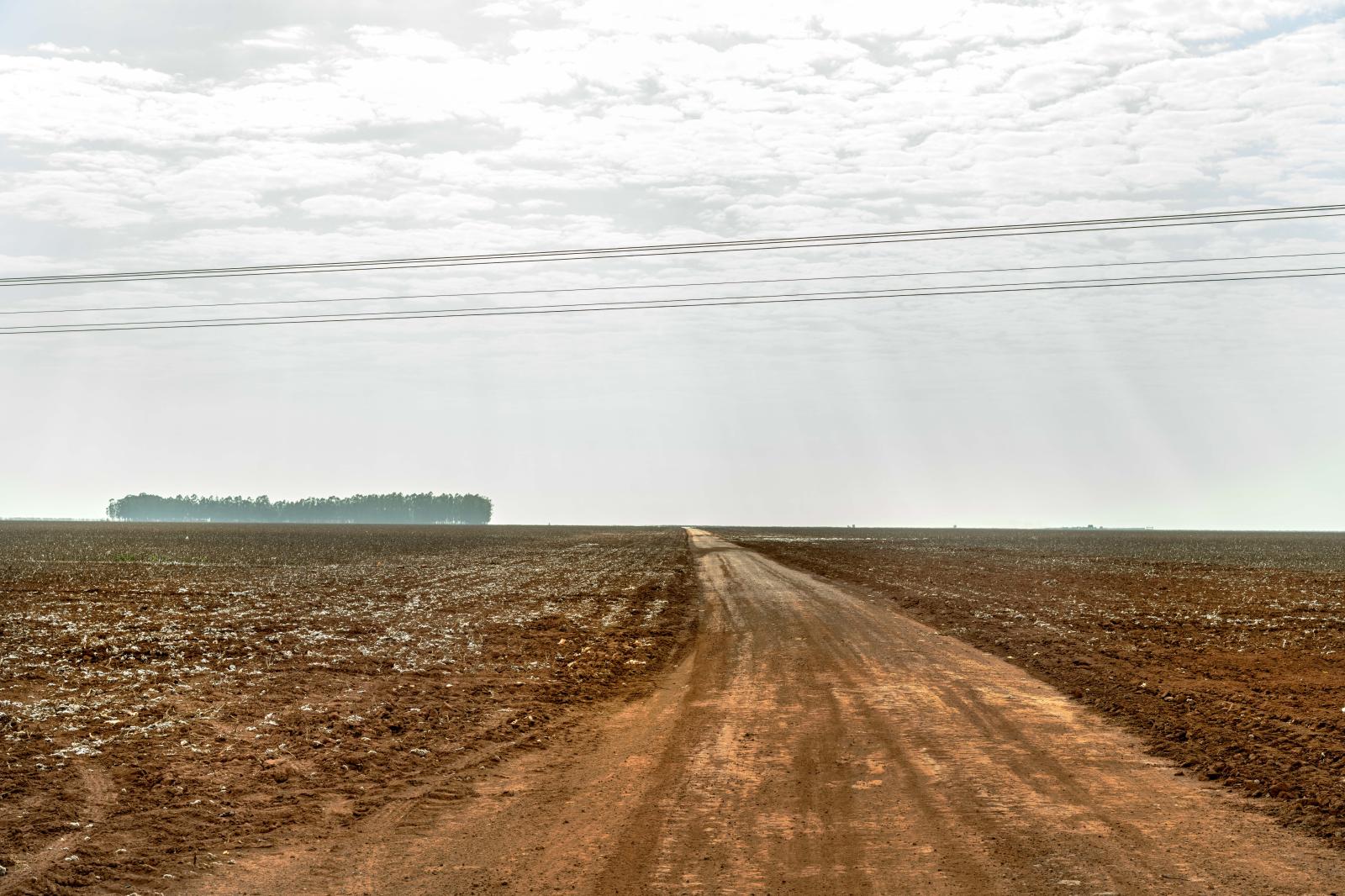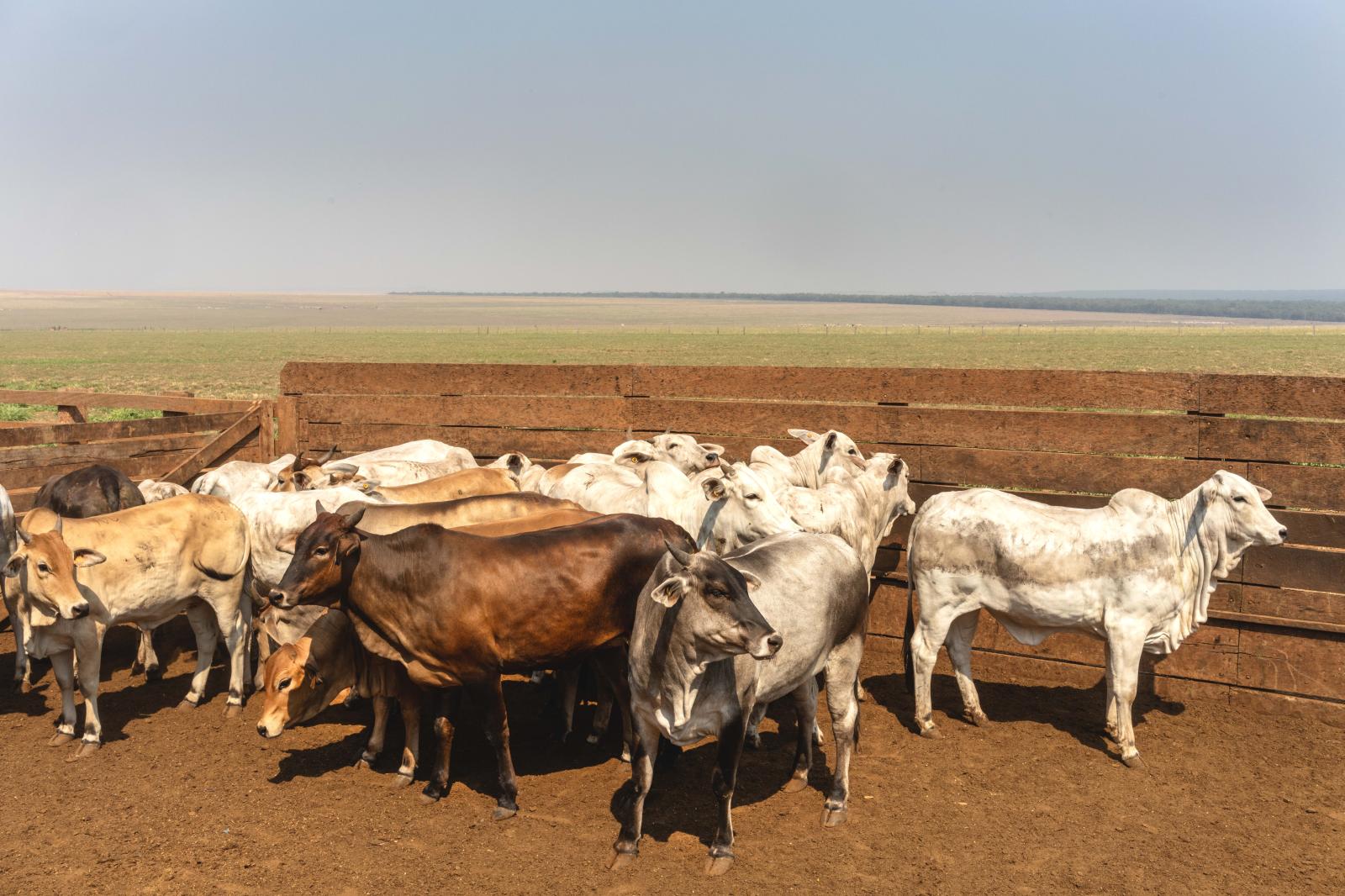Public Story
The Chapadão dos Parecis
Summary
The Chapadão dos Parecis is the most productive agricultural area in Brazil, a plateau on the southern edge of the Amazon almost 4 million hectares in size. It’s a region where Brazilian president Jair Bolsonaro find strong support, but it doesn’t conform neatly with the image generally held about the political fissures in Brazilian society. It’s a place where indigenous communities want to become commodities farmers and large landowners are proud of the forests they preserve on their properties. It’s the kind of place that sits at the center of the debate about the preservation of the Amazon.
Story published in February’s edition of @brand_eins magazine, part of a project done together with writer Tobias Asmuth and a grant from the Pulitzer Center International Rainforest Journalism Fund.
https://www.brandeins.de/magazine/brand-eins-wirtschaftsmagazin/2023/marketing/volk-der-paresi-die-eigensinnigen
https://rainforestjournalismfund.org/es/node/28922
An excerpt from Pulitzer’s introduction to our story in their website:
“The Paresí people from the state of Mato Grosso, Brazil, want to cultivate soy. However, the government forbids them, referring to the law that prohibits the commercial cultivation of crops in Indigenous territories.
For decades, the Paresí have witnessed the transformation of the verdant Mato Grosso landscape into fields, roads, and cities for the benefit of others. In the 1970s, the military dictatorship decided that profit was more important than the forest. The state promised land to every settler who wanted to try their luck. People came, cleared forests, raised cattle, and planted soybeans. Everyone made money, except for the Indigenous people.
"They gave us the (ancestral) land, felt good about it, but forbade us to use it," says Kevelen Zokezomaiake of the Paresí people. A few years ago, the Paresí obtained a special permit from the state of Mato Grosso to grow soy. They do not know for how long it will be valid. So, they are racing against time to make their land a modern, efficient, and profitable farm. However, they cannot get construction loans from banks because it is not possible to put up state-owned ancestral land as collateral. "Why are we treated worse than our neighbors?” asks Zokezomaiake.”
For decades, the Paresí have witnessed the transformation of the verdant Mato Grosso landscape into fields, roads, and cities for the benefit of others. In the 1970s, the military dictatorship decided that profit was more important than the forest. The state promised land to every settler who wanted to try their luck. People came, cleared forests, raised cattle, and planted soybeans. Everyone made money, except for the Indigenous people.
"They gave us the (ancestral) land, felt good about it, but forbade us to use it," says Kevelen Zokezomaiake of the Paresí people. A few years ago, the Paresí obtained a special permit from the state of Mato Grosso to grow soy. They do not know for how long it will be valid. So, they are racing against time to make their land a modern, efficient, and profitable farm. However, they cannot get construction loans from banks because it is not possible to put up state-owned ancestral land as collateral. "Why are we treated worse than our neighbors?” asks Zokezomaiake.”
***
Mato Grosso is a part of Brazil that doesn’t conform to the view most foreigners have of the country. In fact, not even that of many Brazilians. While the majority in the country lived through a series of economic crises since the 1990s, in Mato Grosso life has been defined by almost uninterrupted prosperity.
The state, the size of France and Germany combined, is the heart of Brazil’s agribusiness, the only sector of the country’s economy that has consistently thrived in the past decades, creating several fortunes in the process. Cities that in the 1980s were not bigger than a dusty gas station lost on the margins of a recently opened dirt road, now lead the country’s quality of life indexes, their low unemployment and booming businesses attracting migrants from all over the country.
A lot of this success came at the expense of the Amazon Forest, which covered a big part of the state and has been razed at a fast pace since the 1970s to make space for farms.
Mato Grosso was settled mostly by the descendants of the European immigrants who colonized the Brazilian south at the turn of the XX century, where they built a prosperous agrarian society built around small cities with close-knit ethnic communities. As succession made the properties increasingly smaller for each passing generation, their sons and grandsons were attracted to the Amazon by the favourable weather and incentives from the Brazilian government, which promised support and large extensions of free land as long as they were willing to put the effort to clear the forest to raise cattle or plant commodities, as their elders did in the south.
It wasn’t an easy process, but many of those who persevered became successful farmers. The culture they created is very distinct from that of Brazil's big cities near the coast. It’s more Texas than Ipanema. A pioneer's spirit dominates their identity. They’re conservative, attached to their roots in the south, religious, entrepreneurial, and independent-minded. They are also suspicious and resentful of a Federal Government that, in their vision, didn’t keep its initial promise of support and never did much for them beyond putting obstacles to their progress.
It’s a social universe that enthusiastically supports Brazilian President Jair Bolsonaro and the values that his political movement champions.
The Chapadão dos Parecis lies in the middle of Mato Grosso. It’s the most productive agricultural area in Brazil, a plateau with almost 4 million hectares that doesn’t conform neatly with the image generally held about the political fissures in Brazilian society. It’s a place where indigenous communities want to become large soybean producers and big farmers are proud of the forests they preserve on their properties. It’s the kind of place that sits at the center of the debate about the preservation of the Amazon. It can pose the biggest obstacle to its success, or become an important ally.
This project was partly funded with a Global Audience Rainforest Journalism Fund Grant 2022, from the Pulitzer Center.






































